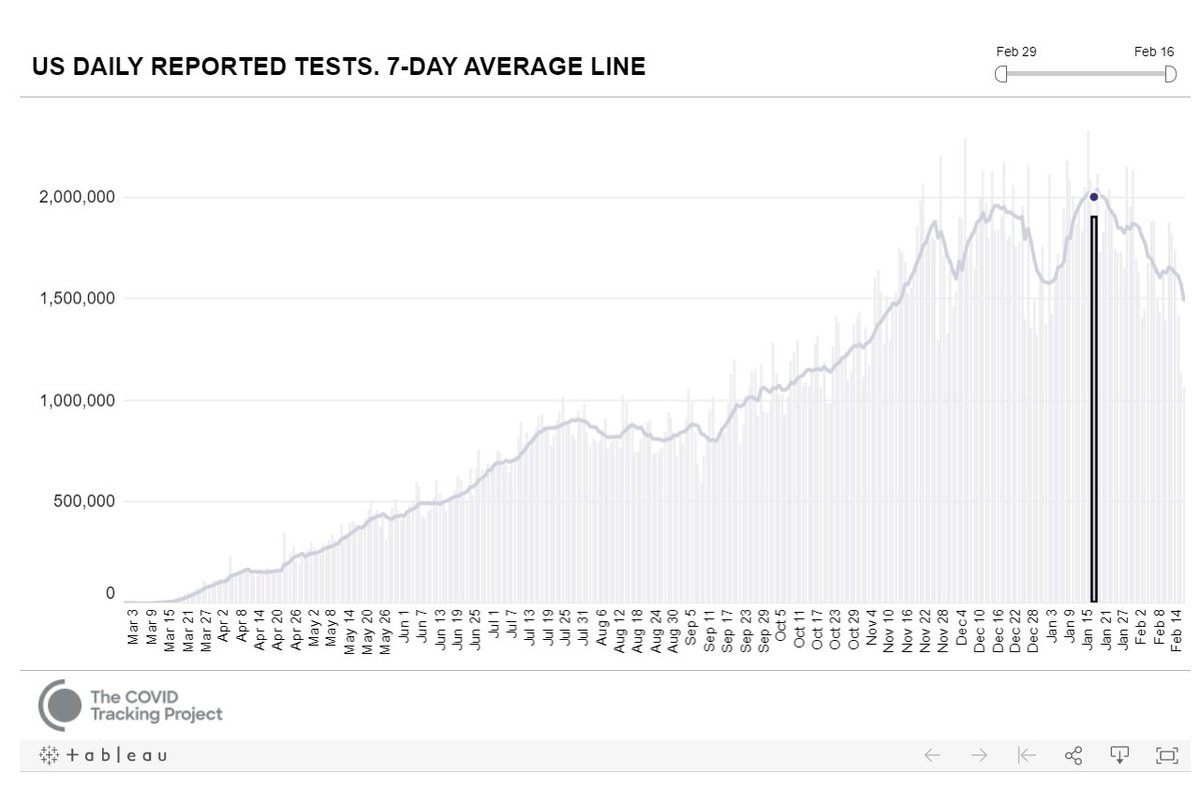
The % vaccine breakthroughs in a population depends on:
- Vaccine efficacy
- Amt of virus circulating
- Length of time since vaccination
When you see 0.008% breakthroughs in fully vaccinated people, remember that many of these people haven't been exposed.
wsj.com/articles/cdc-i…
- Vaccine efficacy
- Amt of virus circulating
- Length of time since vaccination
When you see 0.008% breakthroughs in fully vaccinated people, remember that many of these people haven't been exposed.
wsj.com/articles/cdc-i…
I love to see small numbers as much as anyone, but know that numbers like this cannot be directly interpreted as a measure of vaccine efficacy (although I have a feeling they will be). We can only interpret them against a background rate in unvaccinated people.
Similarly, "most breakthroughs have been in elderly adults" should not be read as the vaccine is less effective in elderly adults. The majority of vaccinations (and the longest amount of follow-up time) have been in elderly adults. Again, we need more info to interpret.
Finally, remember that many asymptomatic infections are totally missed (still). And people who've been vaccinated may be less likely to get tested routinely. So, again, I wouldn't over-interpret the percent of breakthroughs that are asymptomatic using this population-level data.
• • •
Missing some Tweet in this thread? You can try to
force a refresh








